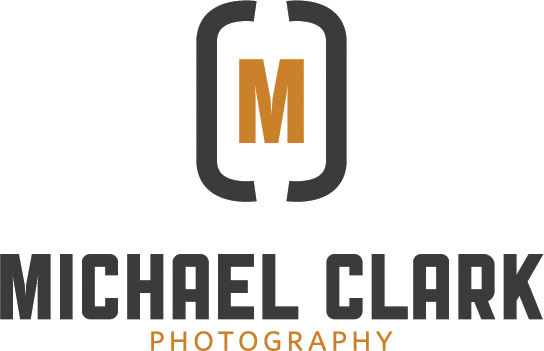.jpg)
In early September this year, Jeff Provenzano contacted me about doing a project in tandem with the annular eclipse, which was taking place on October 14, 2023. Jeff is one of the world’s most elite sky divers and also a member of the Red Bull Air Force–a team of elite sky divers, BASE jumpers, and wingsuit pilots. This wasn’t a Red Bull assignment, but having worked with Jeff on dozens of assignments over the last fifteen years, I knew it would be a good opportunity to create some incredible images. In our discussions, Jeff had lined up helicopters in various places along the path of the eclipse but we couldn’t get permits. We also discussed how we could actually pull it off. I told him I would give it some thought but in the ensuing days I never figured out a way to do it all in camera in one shot. In reality, getting this type of image with a moving subject in the sky against an eclipse is really an impossible shot. With a 16-stop solar filter on the lens, which is a filter that totally blacks out the frame, I would not be able to see where he was or even attempt to focus on him. Hence, the only solution was a double exposure—either in camera or after the fact in Photoshop. Both options yield essentially the same result.
All of the sky diving images you see here in this blog post are Double Exposure images created using images captured of the Annular Eclipse on October 14th and images of Jeff Provenzano that were captured earlier this year while shooting an assignment for Red Bull. Because we couldn’t get any permits for locations in line with the eclipse, I decided I would just photograph the eclipse from my home here in Santa Fe, New Mexico–which was in line with the eclipse. Afterwards I would see if this double exposure idea could work.
I photographed the eclipse with the intention of creating something atmospheric for the double exposure images. Having photographed a few eclipses, I knew the standard shot with pitch black sky and the crescent sun-moon was not really going to work. I intentionally overexposed the images, which created purple and blue halos around the fuzzy eclipse. The eclipse looks fuzzy and out of focus but that is just the intense light scattering through the 800mm lens that I was using to photograph the event. I was able to adjust and recompose the halos by moving the lens. The halos are essentially reflections bouncing around inside the giant telephoto lens I used to photograph the eclipse. Here in Santa Fe, New Mexico we did not get the total eclipse perfectly centered, but that didn’t really matter since I felt the crescent shape might actually lend itself better for the final double exposure image. Interestingly in one of these images if you look closely you can see a fairly large solar flare flying off the sun’s surface on the edge of the eclipse. See the last image below for a close up of that solar flare.
While photographing the eclipse, I kept moving the camera to move the halos around the frame–and also so I would have a lot of options when I came back into the office and started putting the images together. I chose the images of the eclipse that I thought might work well and then pulled the skydiving images and overlayed them in Photoshop using a simple blend mode, which is pretty much the same as doing the double exposure in camera. I just about fell out of my office chair when the first image came together. I was blown away at how good it looked and well it worked. I was so inspired by that first image that I started putting together a bunch of different images to see how they worked out. A few hours later I had over 30 composite images worked up and began looking at them as a whole to figure out which ones work the best.
In my excitement I zipped off a few low res jpegs to Jeff, who was at the time sky diving in southern Arizona at a jump zone. In between sky dives, he responded and was just as blown away as I was. I posted a few to Instagram and my feed blew up with comments. Jeff did the same and he got even more comments and likes–especially since he is quite famous in the sky diving world. Some of Jeff’s friends were wondering how he jumped in front of the eclipse when they didn’t see it in southern Arizona, hence the long explanation of these images here and on my social media posts.
I have been asked to do this sort of shot several times by a few different clients. One of those times the client knew the odds of capturing the actual image was so difficult they wrote into the contract that I would still get paid even if I came back with zero images–luckily that assignment fell through as they couldn’t get permits for what we wanted to try. My response has always been that for subjects in motion the only real way to do it is a double exposure. Now I can say that it works. I have a lot more playing around to do with various images combined with the eclipse but below are a few of my favorites that I have put together so far.
I have since put up a gallery on my website with the best images from this project. Check those out here. I am quite excited for the next big eclipse to try out this technique and to do everything in camera–stay tuned for that.
.jpg)
.jpg)
.jpg)
.jpg)
.jpg)
.jpg)



